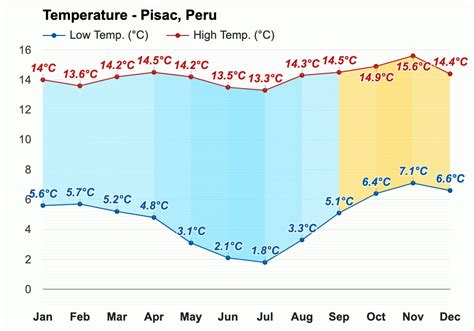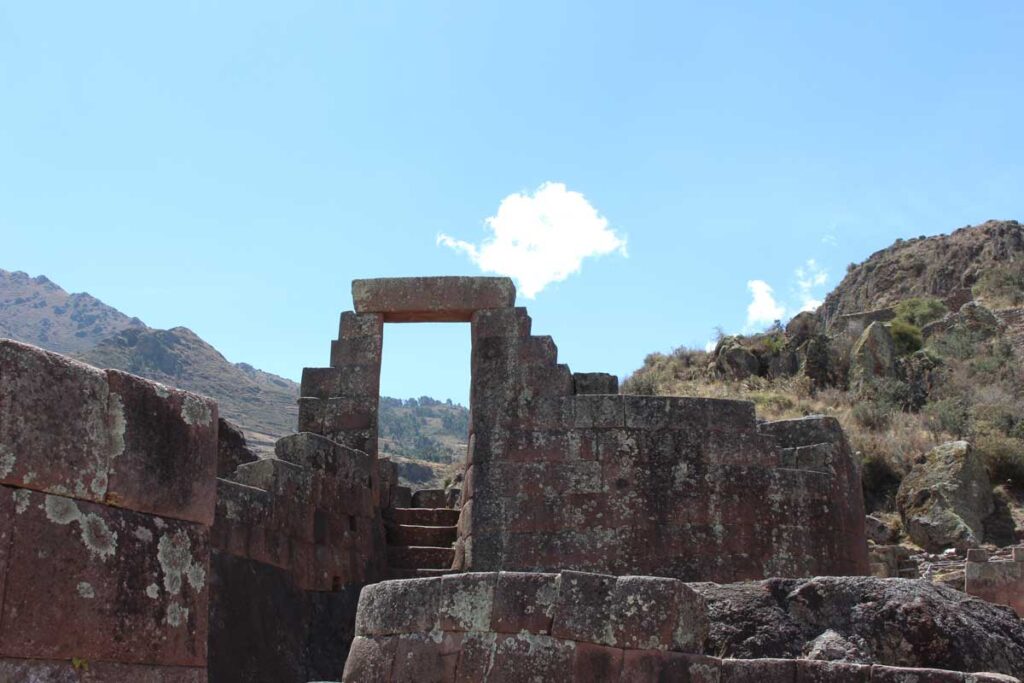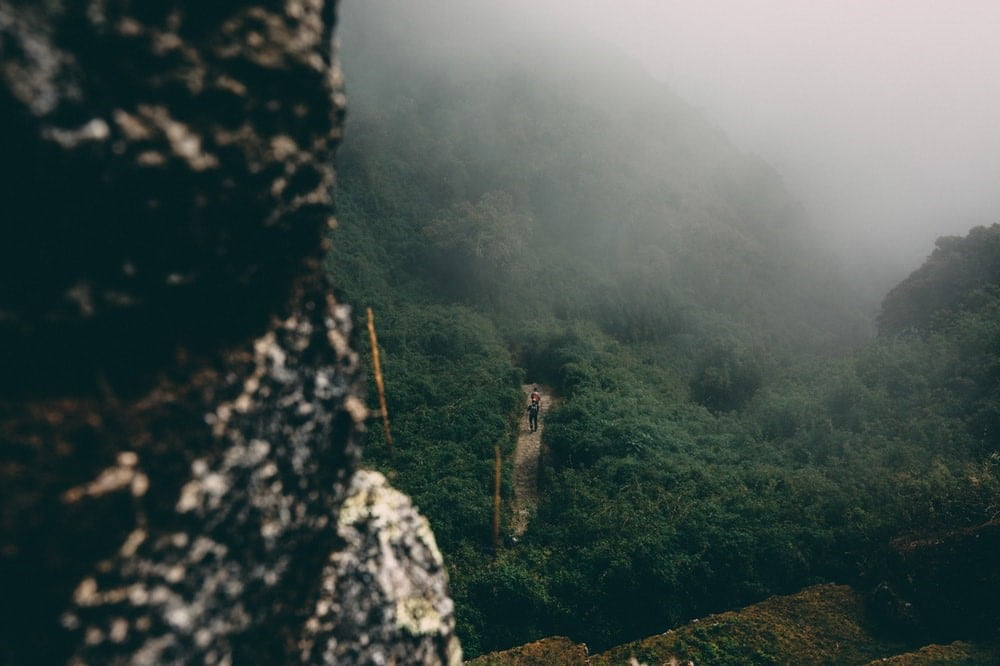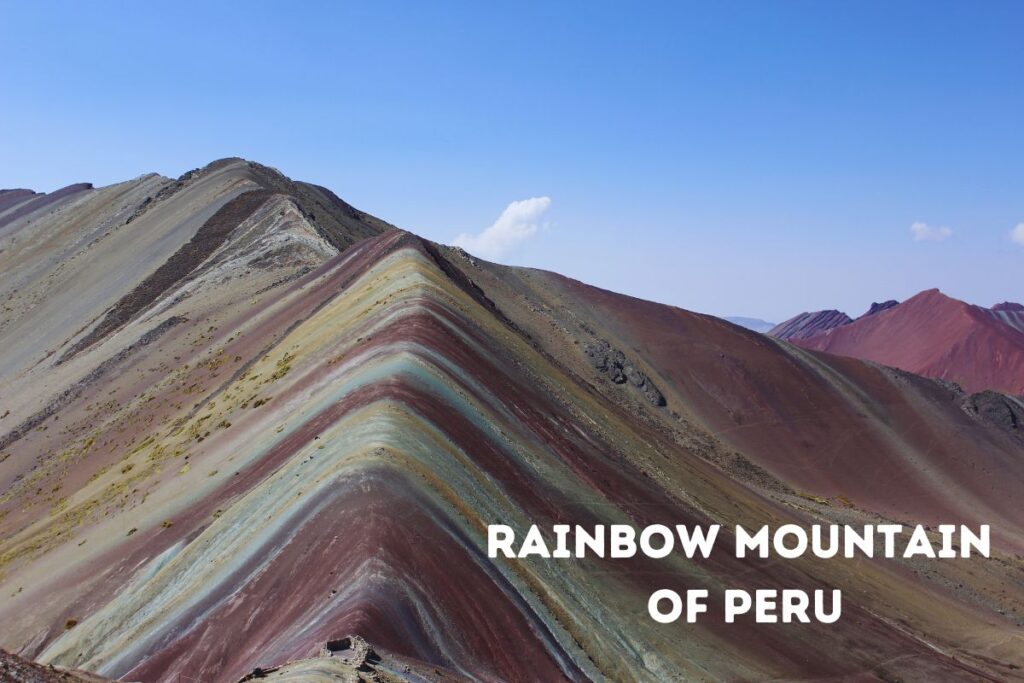Pisac is a charming town located in Peru’s Sacred Valley of the Incas, famous for its ancient ruins, colorful markets, and rich history. Known for its stunning terraces and stone structures, Pisaq offers visitors a unique glimpse into the world of the ancient Incas. It’s also a place where culture and tradition thrive, with locals still following customs passed down through generations. Whether you’re interested in exploring archaeological sites, shopping for handmade crafts, or hiking in the beautiful Andes Mountains, Pisac has something for everyone.
Must do Tours
What is Pisac?
Pisac is a beautiful town nestled in the Sacred Valley of the Incas, just a short distance from Cusco. It’s best known for its ancient Inca ruins that sit high on a hill above the town, as well as for its bustling marketplace where local artisans sell colorful crafts, textiles, and fresh produce. The town itself has a peaceful, traditional feel, and it serves as a gateway to exploring more of the Sacred Valley’s rich history and culture. Pisac is a perfect destination for anyone looking to experience the blend of ancient Inca traditions and vibrant modern culture in Peru
Where is Pisac town located?
Pisac is located in the Sacred Valley, one of the most historically important regions of Peru. It’s about 33 kilometers (20 miles) northeast of Cusco and sits at an altitude of 2,972 meters (9,751 feet). Pisac is surrounded by mountains and the Vilcanota River, making it a picturesque location for visitors. The town is conveniently located between Cusco and other famous sites like Ollantaytambo and Machu Picchu, making it a popular stop for travelers exploring the region.
How to Reach the Pisac Ruins fron the town of Pisaq
The Pisac Ruins are perched on a hilltop overlooking the town and valley below. There are two main ways to reach the ruins: by foot or by car. If you’re feeling adventurous, you can hike up to the ruins of the town, which takes about an hour. The hike is steep but offers stunning views of the valley and the Inca terraces along the way. Alternatively, you can take a short drive up the hill to the entrance of the ruins, which is more convenient if you’re not up for the physical challenge then if you can you can hike back to the town or come back in the taxi but you have organize before with the driver.
from Cusco
Pisac is easily accessible from Cusco, and getting there is quite simple. You can take a local bus, a shared van (known as a colectivo), hire a private taxi, or you can choose a tour from Cusco organize by the local tour operators based in Cusco. The journey from Cusco to Pisac takes about 45 minutes to an hour, depending on traffic. Pisac is located along the main road that runs through the Sacred Valley, so it’s a common stop for those traveling to or from other destinations like Ollantaytambo or Machu Picchu.
Cusco to Pisac with Public Transport
Taking public transport is the cheapest and most common way to travel from Cusco to Pisaq. You can catch a bus or colectivo (a shared van) to take this transport you have to go to Puputi Street in Cusco. These vehicles leave frequently throughout the day, and the trip costs only a few soles (the local currency). The ride is relatively quick and gives you a chance to travel like a local, experiencing the daily life of people in the Sacred Valley, but you will need some basid spanish.
with Private Taxi
For those who prefer more comfort and flexibility, taking a private taxi from Cusco to Pisaq is a great option. A taxi ride is faster than public transport, usually taking about 45 minutes. It’s a convenient option if you’re traveling with a group or want to stop along the way to take photos of the stunning landscapes. You can negotiate the fare with the driver before starting your journey, and the ride is usually very comfortable and you can stop at the lookout point on the way or even at the alpaka farm if you a re looking for a english speaking driver yes you can find them too.
Tours to Pisac from Cusco or Sacred valley
There are many tours available that include a visit to Pisaq as part of a full-day tour of the Sacred Valley. These tours usually start in Cusco and stop at several important sites, including Pisac, Ollantaytambo, and the Salt Mines of Maras. Joining a tour is a great way to see multiple places in one day while learning from a knowledgeable guide. Many tours also offer transportation and entrance fees, making the experience hassle-free, if you preffer private tours you will find as well this is more customize tour so you can decided which places to visit with your partner or friends with no rush like in the group service.
Pisac Peru elevation
The Pisac Inca site sits at an elevation of approximately 3,300 meters (10,827 feet) above sea level. Located above the town of Pisac in the Sacred Valley, this ancient archaeological site offers expansive views and insight into Inca engineering and agricultural practices at high altitudes.
Pisac town sits at an altitude of 2,972 meters (9,751 feet) above sea level. This is slightly lower than Cusco, so it’s often considered a good place to acclimate to the altitude before visiting higher regions like Rainbow Mountain. If you’re not used to high altitudes, make sure to take it easy, stay hydrated, and avoid overexerting yourself, especially when hiking up to the ruins.
What Does Pisac Mean?
The name “Pisaq” comes from the Quechua word for “partridge,” a bird that is native to the area. The town was likely named after this bird because the hill that the ruins sit on resembles a partridge when viewed from above. The Incas often named places after animals or natural features that had special significance to them.
Pisaq Entry Fees & Tickets
To enter the Pisac Ruins, you’ll need a ticket. Most visitors purchase the “Boleto Turístico,” which covers entry to multiple archaeological sites in the Sacred Valley, including Pisac, Ollantaytambo, and Moray. The ticket can be bought in Cusco or at the entrance to the ruins. If you’re only visiting Pisac, you can buy a partial ticket just for that site you have two options 130 soles cover 16 places and last for 10 days, and 70 soles just 4 places and last 2 days.
Do You Need a Guide for the Pisaq Ruins?
While you don’t need a guide to visit the Pisac Ruins, having one can greatly enhance your experience. A knowledgeable guide can explain the history and significance of the various structures and terraces, giving you a deeper understanding of the site. Many tours to Pisac include a guide, or you can hire one at the entrance of the ruins.
History of Pisaq ruins in Peru
The Pisac ruins, perched high above the modern town, offer a fascinating glimpse into the ingenuity of the Inca civilization. While the exact date of construction remains uncertain, historians believe the site was built during the reign of Pachacuti Inca Yupanqui (1438–1471), the same ruler credited with expanding the Inca Empire and transforming Cusco into a powerful capital. Pisac served multiple purposes, functioning as a ceremonial, agricultural, and military center that safeguarded the Sacred Valley from potential invaders.
Before the Incas, the region was likely inhabited by earlier Andean cultures, but it was under Inca rule that Pisac flourished. The site features impressive agricultural terraces, religious structures, and defensive walls, demonstrating advanced engineering and spiritual significance. The Intihuatana (sundial), temples, and vast cemetery suggest that Pisac held great religious and astronomical importance.
After the Spanish conquest in the 16th century, Pisac was largely abandoned, and much of its history was lost to time. However, the ruins remain a testament to the Inca’s architectural mastery and deep connection to nature. Today, Pisac is one of the most well-preserved and significant archaeological sites in the Sacred Valley, drawing visitors eager to explore its rich past and stunning landscapes.
What to See in the Pisaq Ruins?
The Pisac Ruins are a vast archaeological site with many different structures and areas to explore. Some of the highlights include:
- Intihuatana: A stone sundial used by the Incas to track the movement of the sun and determine important dates.
- Qantus Raqay: This was an ancient farm where guinea pigs were raised, an important source of food for the Incas.
- Pisaq’a: The residential neighborhood where people lived during the Inca period.
- Kallaqhasa: This sacred sector includes temples and ceremonial buildings used for religious rituals.
- Ajchapata Terraces: These large terraces were used for agriculture and are a prime example of the Inca’s farming skills.
- Qoriwayrachina: These watchtowers were used by the Incas to keep a lookout for potential invaders.
- Tankamarka: An ancient cemetery with tombs carved into the cliffside, where the Incas buried their dead.
things to do in Pisac
Pisac Community Museum
The Pisac Community Museum, also known as the Museo Comunitario de Pisac, is a small yet insightful museum dedicated to preserving and showcasing the rich history, culture, and traditions of the Sacred Valley. Located in the town of Pisac, this museum offers visitors a deeper understanding of the region’s indigenous heritage, particularly that of the Inca and pre-Inca civilizations, as well as the customs of the local Quechua-speaking communities.
Inside, you’ll find exhibits featuring archaeological artifacts, traditional textiles, ceramics, and agricultural tools used by ancient Andean societies. One of the highlights is the display of Inca burial traditions, providing insight into the elaborate funerary practices observed at the nearby Pisac ruins. Additionally, the museum emphasizes the living culture of Pisac, showcasing local artisans’ work and the ongoing preservation of Andean customs.
For travelers seeking to enhance their visit to the Pisac ruins, the museum serves as a perfect starting point, offering historical context and cultural depth. Whether you’re an archaeology enthusiast or simply curious about the traditions of the Sacred Valley, the Pisac Community Museum is a worthwhile stop on your journey.
Potato Park
Nestled in the highlands of the Sacred Valley, Potato Park (Parque de la Papa) is a unique conservation area dedicated to preserving the biodiversity and cultural heritage of Andean potatoes. Managed by six Quechua-speaking communities, this 9,000-hectare park is home to more than 1,300 varieties of native potatoes, making it one of the world’s most important centers for potato conservation.
Beyond its agricultural significance, Potato Park is a living example of traditional Andean farming, sustainable practices, and indigenous knowledge passed down through generations. Visitors can learn about ancient cultivation techniques, explore the diverse landscapes, and taste traditional potato-based dishes prepared by local families. The park also promotes biocultural conservation, ensuring that native seeds, farming customs, and spiritual connections to the land are preserved for future generations.
A visit to Potato Park offers a rare opportunity to engage with local farmers, witness the resilience of Andean agriculture, and gain a deeper appreciation for the humble potato—a crop that has sustained civilizations for thousands of years.
Kinsa Cocha Hike
The Kinsa Cocha Hike near Pisac is a hidden gem offering breathtaking views of three stunning lakes—Kinsa Cocha, Azul Cocha, and Puma Cocha—surrounded by rolling Andean landscapes. This peaceful trek takes you through high-altitude grasslands, ancient trails, and small Quechua communities, where traditional ways of life remain unchanged.
At over 4,000 meters (13,000 feet), the hike requires acclimatization but is moderately challenging and rewarding. With serene scenery, grazing alpacas, and crystal-clear lakes, Kinsa Cocha is a perfect off-the-beaten-path destination for nature lovers and adventure seekers.
Weather in Pisac Sacred Valley
Pisac enjoys a mild climate year-round, with warm days and cool nights. The dry season (May to September) brings sunny and pleasant weather, making it the best time for outdoor exploration. Daytime temperatures average 18–22°C (64–72°F), while nights can drop to 4–8°C (39–46°F), so bringing layers is recommended.
The rainy season (October to April) sees more frequent showers, but it also transforms the landscape into a lush, vibrant green. During this time, temperatures remain similar, with daytime highs around 18–22°C (64–72°F) and slightly warmer nights, averaging 6–10°C (43–50°F). If you’re visiting during this period, be sure to pack a rain jacket and wear sturdy shoes for the occasionally muddy paths.
No matter the season, Pisac’s pleasant climate makes it a great destination year-round!

Best Time to Visit Pisac
The best time to visit Pisaq is during the dry season, which runs from May to September. This is when the weather is most favorable for outdoor activities like hiking and exploring the ruins. However, the rainy season also has its charms, with fewer tourists and lush green scenery.
Is Pisac Worth Visiting?
Absolutely! Pisaq is a must-visit destination for anyone traveling to the Sacred Valley or Cusco. Its impressive Inca ruins, vibrant market, and stunning natural surroundings make it a fascinating place to explore. Whether you’re interested in history, and culture, or simply enjoying the beauty of the Andes, Pisac has something to offer.
How Much Time Should You Spend in Pisac, Peru?
to explore this town you will need as a minimun 2 full days if you want to explore all around even more and is it a good place to
Where to Stay in Pisaq in the Sacred Valley
Pisac has a variety of accommodations to suit different budgets, from charming guesthouses to eco-lodges. Some popular places to stay include Pisac Inn, located in the heart of the town, and Melissa Wasi, a peaceful retreat just outside of town with beautiful views of the valley.
Explore the Old Town
Take some time to wander through Pisac’s old town, where traditional adobe houses, narrow cobblestone streets, and charming cafés create a warm and inviting atmosphere. As you explore, stop by one of the local bakeries to savor freshly baked bread or try a delicious, golden-crusted empanada—a favorite treat in the region. It’s the perfect place to relax, people-watch, and immerse yourself in the town’s slower, more peaceful rhythm, a refreshing contrast to the bustling streets of Cusco.
The Pisaq Market
Pisac’s market is one of the largest and most renowned in the Sacred Valley, offering a vibrant glimpse into local culture. While it’s open daily, Sundays are the most lively, as villagers from the surrounding communities gather to sell their handcrafted goods. Here, you’ll find everything from intricately woven textiles and artisanal jewelry to fresh produce and fragrant spices. Whether you’re searching for the perfect souvenir or simply soaking in the colorful sights and sounds, the Pisac market is an unforgettable experience that brings the rich traditions of the Andes to life in Cusco.
frequently asked questions
Pisaq is about 33 kilometers (20 miles) from Cusco, which takes roughly 45 minutes to an hour by car.
Can you hike to the Pisaq Ruins?
Yes, you can hike from the town up to the PisaQ Ruins. The hike takes about an hour and offers beautiful views of the valley and terraces along the way.
Is the Pisac market open every day?
Yes, the Pisaq market is open daily, but it’s busiest on Sundays when local farmers and artisans come to sell their goods.
What’s the best time to visit Pisaq?
The best time to visit Pisac is during the dry season, from May to September when the weather is sunny and mild, perfect for outdoor activities.
Do you need a ticket for the Pisaq Ruins?
Yes, you need a ticket to enter the Pisac Ruins. Most visitors purchase the Boleto Turístico, which includes entry to several sites in the Sacred Valley.
What can I buy at the Pisaq market?
At the Pisac market, you can buy a wide variety of items, including handmade crafts, alpaca clothing, silver jewelry, pottery, and fresh produce.
How high is Pisaq?
Pisaq sits at an altitude of 2,972 meters (9,751 feet) above sea level.
Is Pisac good for kids?
Yes, Pisaq is a family-friendly destination. Kids will enjoy exploring the ruins and the colorful market.
Are there restaurants in Pisac?
Yes, Pisac has many restaurants offering local Peruvian cuisine, as well as some international options.
How do I get from Cusco to Pisac?
You can get from Cusco to Pisaq by bus, colectivo (shared van), taxi, or by joining a guided tour.
I am Carlos, founder of Machu Picchu Soul, a local tour operator and travel agency based in Cusco, Peru. My journey in tourism began as a porter on the iconic Inca Trail, where I developed a deep connection with the land and its history. After years of dedication, I became a professional tour guide, honing my skills to deliver exceptional experiences. With over 15 years of expertise, I decided to establish Machu Picchu Soul to combine my passion for authentic travel with a commitment to supporting local communities and creating unforgettable adventures for our guests.




